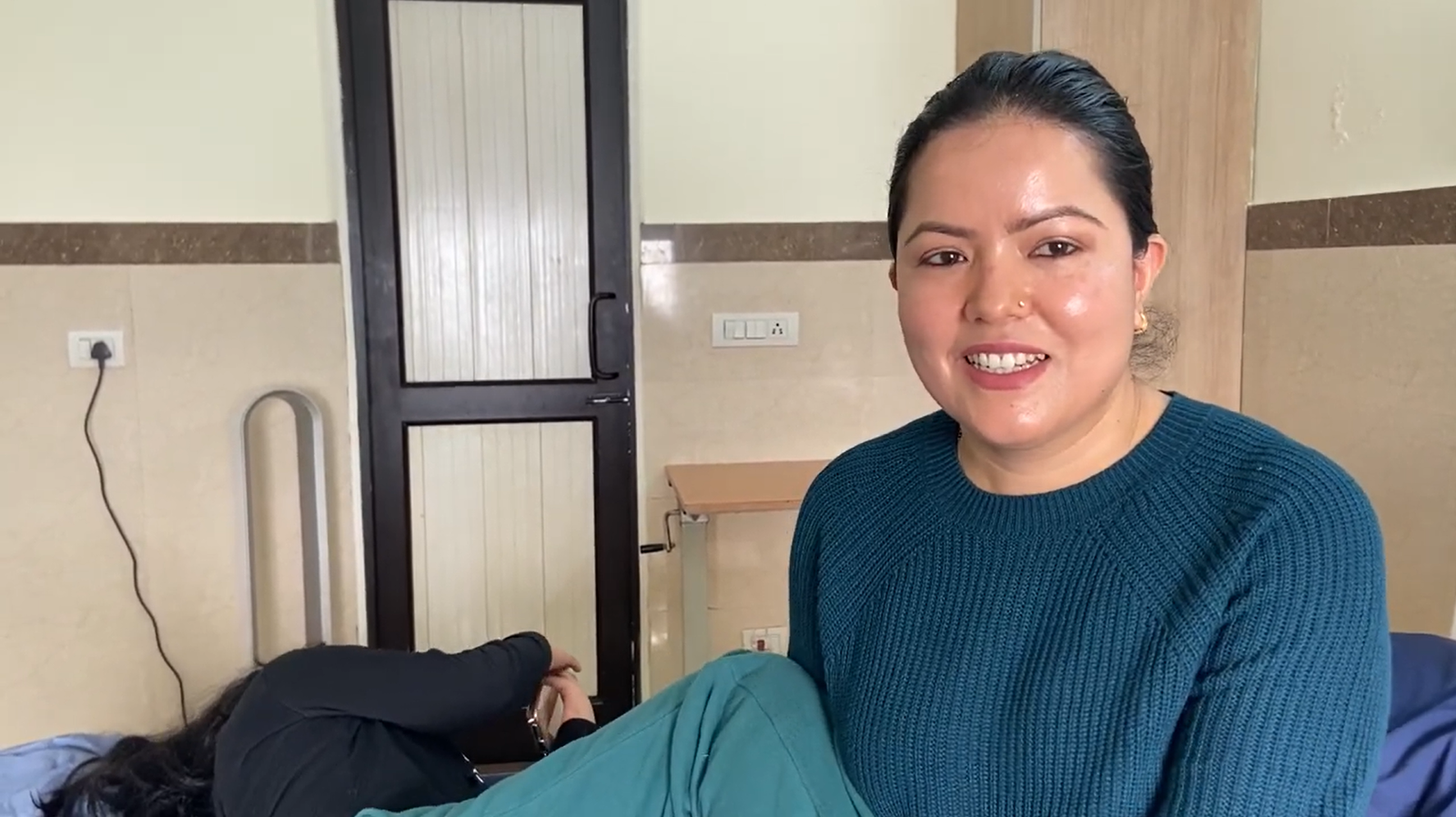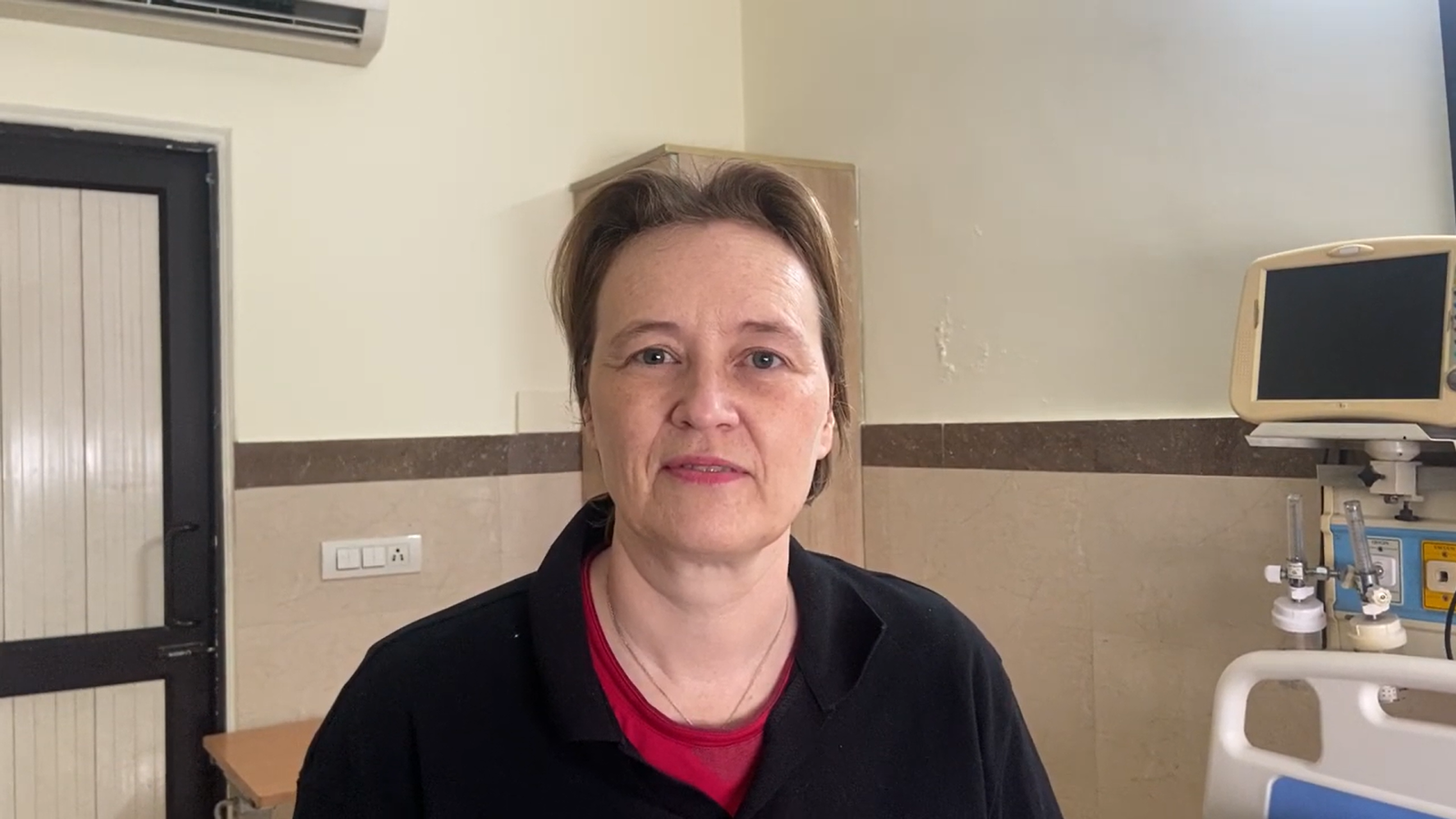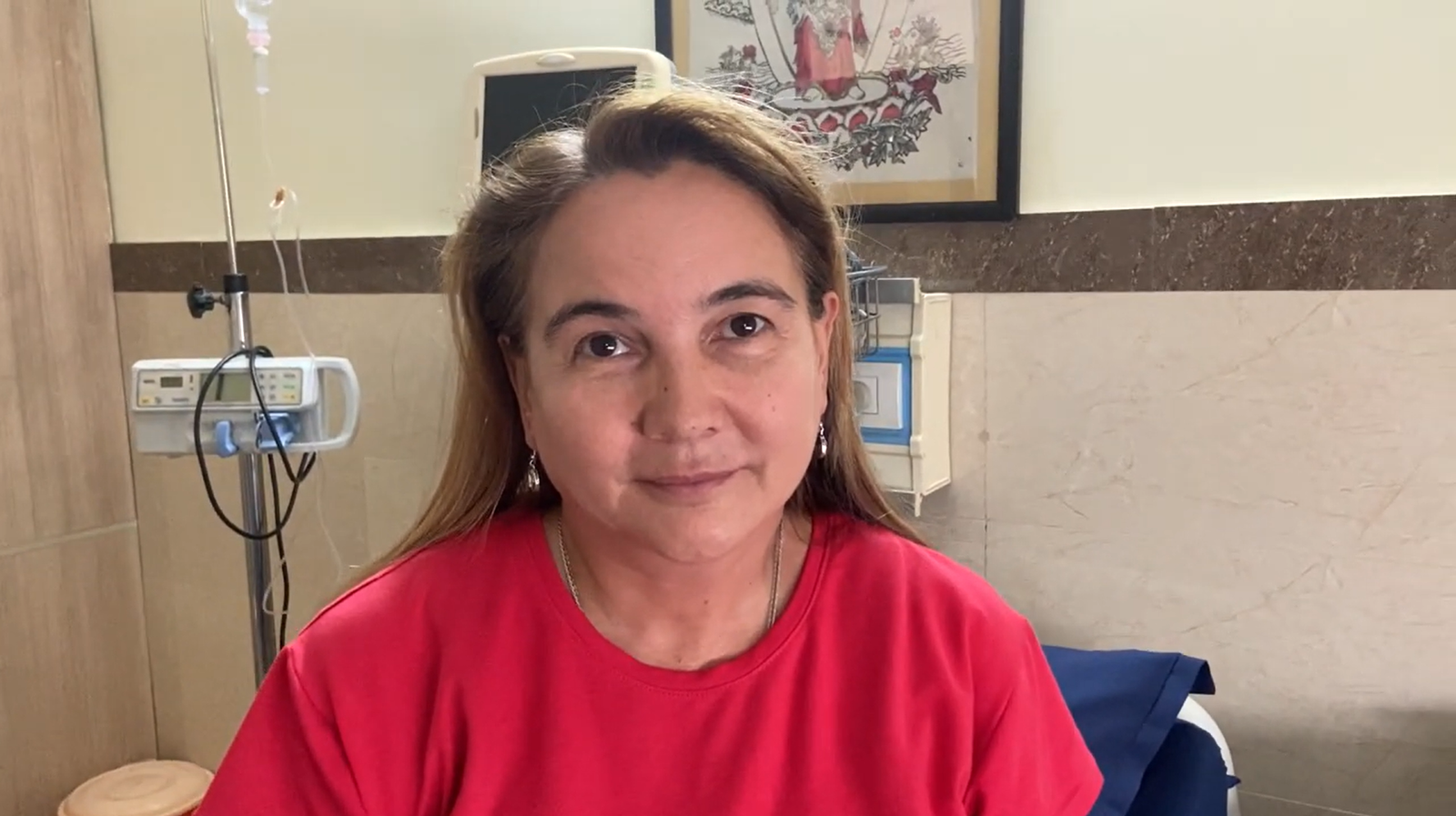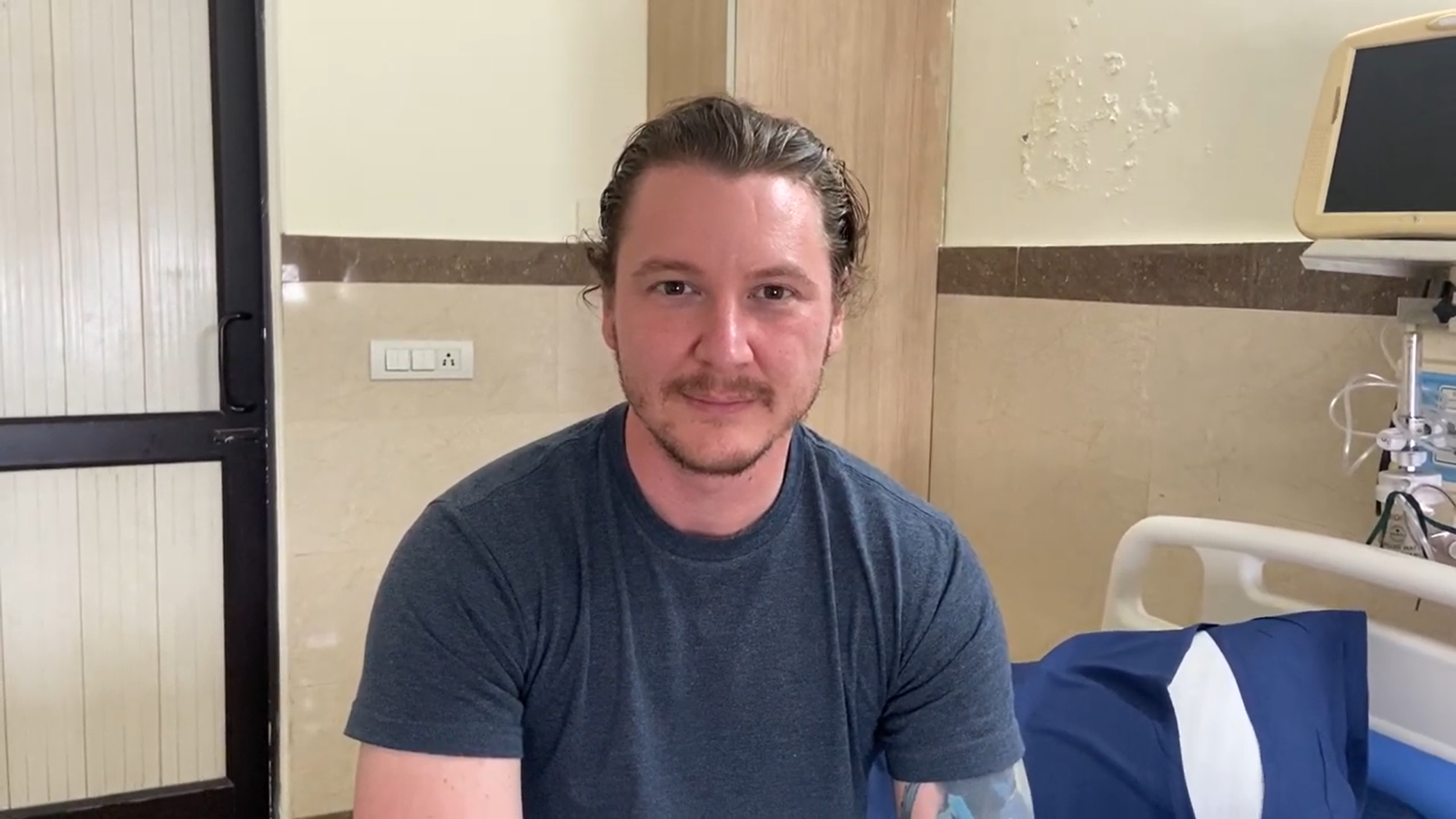Platelet-rich plasma (PRP) treatment is a medical procedure that involves the extraction of a patient’s own blood, processing it to concentrate the platelets, and then injecting the platelet-rich plasma back into the patient’s body. Platelets are a type of blood cell that plays a crucial role in healing processes by releasing growth factors and other proteins that aid in tissue repair and regeneration. The concept behind PRP therapy is to harness the body’s natural healing processes to accelerate the repair of damaged tissues.
How is PRP Treatment Performed?
Blood Collection: A small amount of blood is drawn from the patient’s arm, similar to a routine blood test.
Centrifugation: The collected blood is placed in a centrifuge, a machine that spins the blood at high speeds to separate its components. This process typically takes about 10-15 minutes.
Platelet Concentration: After centrifugation, the blood separates into three layers: red blood cells, platelet-poor plasma, and platelet-rich plasma. The platelet-rich plasma, which contains a high concentration of platelets, is extracted for use.
Injection: The PRP is then injected into the area of the body that requires treatment. This can be done using ultrasound guidance to ensure precise placement of the PRP.
Applications of PRP Treatment
PRP treatment is used in a variety of medical fields due to its ability to promote healing and tissue regeneration. Some of the common applications include:
Orthopedics: PRP is often used to treat musculoskeletal injuries and conditions such as tendonitis, ligament injuries, arthritis, and muscle strains. It is particularly popular in treating injuries to the knee, shoulder, and elbow.
Dermatology and Aesthetics: In cosmetic medicine, PRP is used for skin rejuvenation, hair loss treatment, and scar reduction. It helps improve skin texture, tone, and elasticity.
Surgery: PRP is sometimes used to enhance healing after surgical procedures, including plastic surgery and dental surgery.
Sports Medicine: Athletes commonly use PRP therapy to accelerate recovery from sports-related injuries.
Chronic Pain Management: PRP is also used in the management of chronic pain conditions, including chronic back pain and osteoarthritis.
Advantages of PRP Treatment
PRP treatment offers numerous advantages, making it an attractive option for many patients. Here are some of the key benefits:
1) Natural Healing Process
PRP therapy utilizes the patient’s own blood, minimizing the risk of allergic reactions or immune responses. The treatment enhances the body’s natural healing process by concentrating growth factors and cytokines in the area of injury or damage. This leads to more effective and accelerated healing.
2) Minimally Invasive
PRP treatment is minimally invasive compared to surgical interventions. It involves a simple blood draw and injection procedure, which can often be completed in an outpatient setting. This reduces the risk of complications and shortens recovery time.
3) Reduced Pain and Inflammation
The growth factors and anti-inflammatory agents present in PRP can help reduce pain and inflammation in the treated area. This makes PRP therapy particularly beneficial for patients with chronic pain conditions or inflammatory diseases such as osteoarthritis.
4) Improved Tissue Regeneration
PRP promotes the regeneration of tissues, including cartilage, tendons, ligaments, and skin. This makes it effective in treating a wide range of conditions, from joint injuries to skin aging. The regenerative properties of PRP can lead to long-lasting improvements in function and appearance.
5) Enhanced Recovery in Sports Injuries
Athletes and active individuals often use PRP therapy to accelerate recovery from sports injuries. PRP can help reduce downtime and improve performance by speeding up the healing process of musculoskeletal injuries. This has made it a popular choice among professional and amateur athletes alike.
6) Cosmetic Benefits
In dermatology and aesthetic medicine, PRP is known for its ability to improve skin texture, tone, and overall appearance. It stimulates collagen production, which can reduce wrinkles, fine lines, and scars. PRP is also used in hair restoration treatments to promote hair growth and improve hair density.
7) Versatility
PRP treatment is versatile and can be used to address a wide range of medical conditions and cosmetic concerns. Its application extends across multiple medical disciplines, including orthopedics, dermatology, surgery, and pain management, making it a valuable tool in modern medicine.
8) Reduced Need for Medications
Patients who undergo PRP therapy may experience a reduction in the need for pain medications and anti-inflammatory drugs. This can help minimize the potential side effects and complications associated with long-term medication use.
9) Personalized Treatment
Since PRP is derived from the patient’s own blood, the treatment is personalized and tailored to the individual’s specific needs. This ensures a higher level of biocompatibility and reduces the risk of adverse reactions.
10) Safety and Low Risk of Complications
PRP therapy is considered safe, with a low risk of complications. Since it uses the patient’s own blood, there is no risk of disease transmission or rejection. The procedure is well-tolerated, and side effects are typically mild and temporary, such as minor pain or swelling at the injection site.
Future Directions and Innovations
The field of PRP therapy is continually evolving, with ongoing research aimed at optimizing treatment protocols and expanding its applications. Some areas of future exploration include:
Combination Therapies: Combining PRP with other treatments, such as stem cell therapy or hyaluronic acid injections, to enhance therapeutic outcomes.
Standardization: Developing standardized protocols for PRP preparation and administration to ensure consistency and efficacy across different clinical settings.
Advanced PRP Formulations: Creating advanced PRP formulations with enhanced properties, such as higher concentrations of specific growth factors or the inclusion of additional bioactive agents.
New Applications: Exploring new applications of PRP therapy in fields such as cardiology, neurology, and gastroenterology.
Conclusion
PRP treatment is a versatile and effective therapy that harnesses the body’s natural healing processes to promote tissue repair and regeneration. With its wide range of applications, minimal invasiveness, and low risk of complications, PRP has become an attractive option for patients seeking non-surgical solutions for various medical and cosmetic conditions. As research continues to advance, PRP therapy is likely to play an increasingly important role in regenerative medicine and personalized healthcare.





















